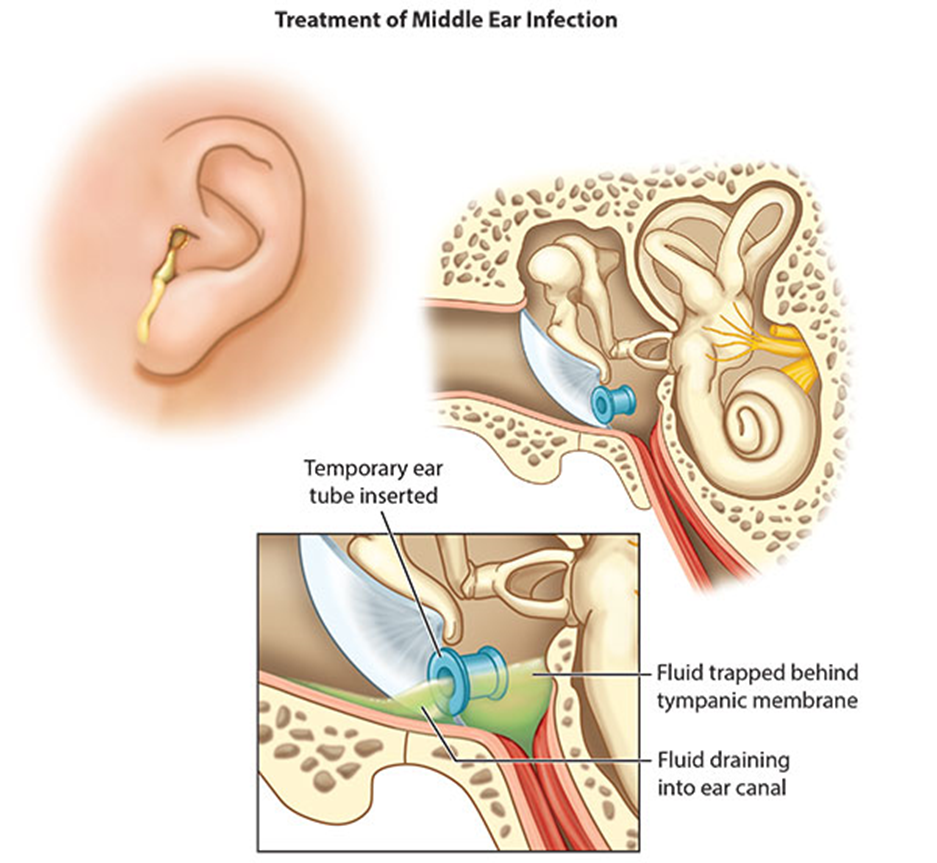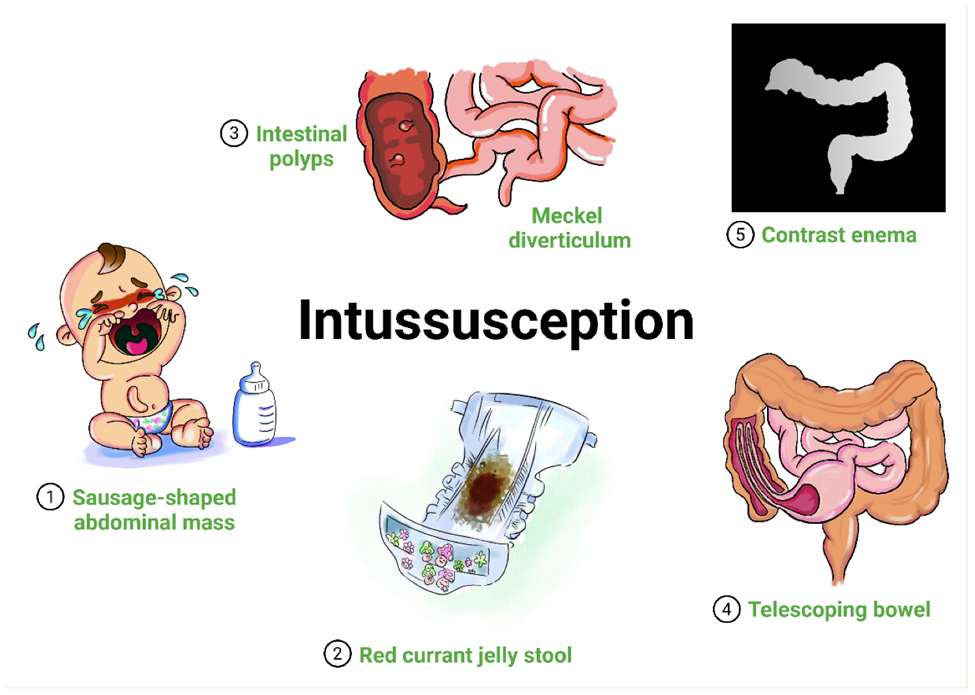A nurse working on an outpatient surgical unit is providing discharge teaching to the parent of a preschooler following placement of tympanoplasty tubes. The parent asks the nurse, "What should I do if the tubes fall out?" Which of the following responses should the nurse make?
"Gently put the tubes back into the child's ears."
"Bring the child to the emergency department immediately."
"Notify the provider that the tubes have fallen out."
"The tubes are sutured in place and must be surgically removed."
The Correct Answer is C
A. "Gently put the tubes back into the child's ears": This is not the correct response. Tympanoplasty tubes are not meant to be reinserted if they fall out. Attempting to reinsert them without proper medical training could cause injury or damage to the child's ears. Therefore, this response should be avoided.
B. "Bring the child to the emergency department immediately": While it's important for the parent to seek medical attention if the tubes fall out, it may not always necessitate a visit to the emergency department, especially if the child is not experiencing any other symptoms. This response might cause unnecessary panic for the parent and may not be the most appropriate course of action.
C. "Notify the provider that the tubes have fallen out": This is the correct response. If the tympanoplasty tubes fall out, the parent should notify the healthcare provider who performed the procedure. The provider can then assess the situation and determine the next steps, which may include scheduling a follow-up appointment to evaluate the child's ears.
D. "The tubes are sutured in place and must be surgically removed": This is incorrect. Tympanoplasty tubes are not sutured in place; they are typically designed to fall out on their own after a certain period of time. Additionally, removal of tympanoplasty tubes usually does not require another surgical procedure.

Nursing Test Bank
Naxlex Comprehensive Predictor Exams
Related Questions
Correct Answer is C
Explanation
A. Polyuria
Polyuria, or excessive urination, is not typically associated with intussusception. This symptom is more commonly seen in conditions affecting the kidneys or urinary tract.
B. Scaphoid abdomen
A scaphoid abdomen refers to a concave or hollowed appearance of the abdomen, which is not typically observed in intussusception. In intussusception, abdominal distension and tenderness are more common findings.
C. Gelatinous red stool
Gelatinous red stool, often described as "currant jelly" stool, is a classic manifestation of intussusception. It occurs due to the mixture of blood, mucus, and bowel contents.
D. Generalized edema
Generalized edema, or swelling throughout the body, is not a typical manifestation of intussusception. It is more commonly associated with conditions such as heart failure or kidney disease.

Correct Answer is A
Explanation
A. Initiate antibiotic therapy for the child.
This is the priority action. Bacterial meningitis is a medical emergency, and prompt administration of antibiotics is crucial to treat the infection and prevent further complications. Therefore, the nurse should initiate antibiotic therapy as soon as possible after obtaining appropriate cultures.
B. Minimize the child's environmental stimuli.
While reducing environmental stimuli can help decrease the child's discomfort and prevent agitation, it is not the priority action when managing bacterial meningitis. Treating the underlying infection takes precedence to prevent serious complications such as neurological damage or septic shock.
C. Place the child in a side-lying position.
Positioning the child on their side may help prevent aspiration if vomiting occurs, but it is not the priority action in the initial management of bacterial meningitis. The child's positioning can be adjusted as needed once antibiotic therapy has been initiated.
D. Administer pain medication to the child.
Pain management is important for the child's comfort, but it is not the priority action when managing bacterial meningitis. The child's pain may be addressed once antibiotic therapy has been initiated and the child's condition has stabilized.
Whether you are a student looking to ace your exams or a practicing nurse seeking to enhance your expertise , our nursing education contents will empower you with the confidence and competence to make a difference in the lives of patients and become a respected leader in the healthcare field.
Visit Naxlex, invest in your future and unlock endless possibilities with our unparalleled nursing education contents today
Report Wrong Answer on the Current Question
Do you disagree with the answer? If yes, what is your expected answer? Explain.
Kindly be descriptive with the issue you are facing.
